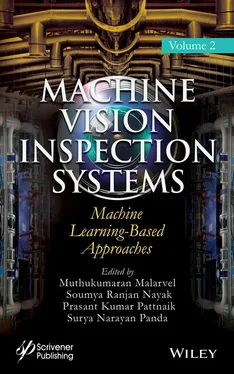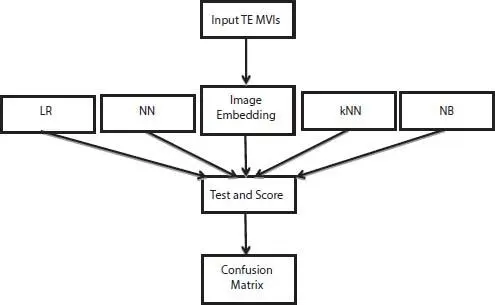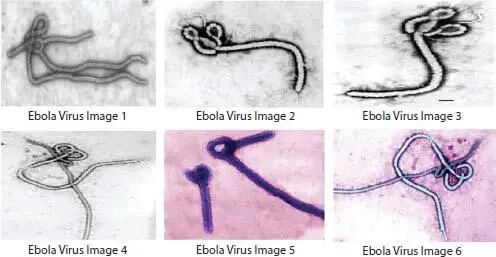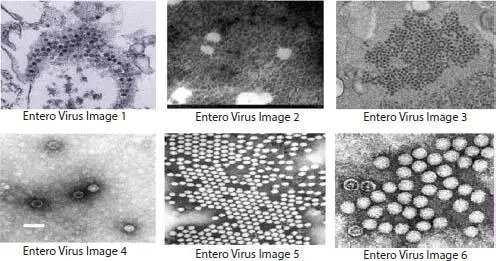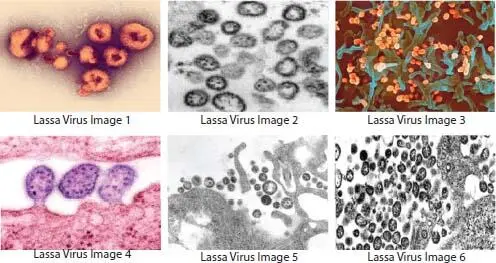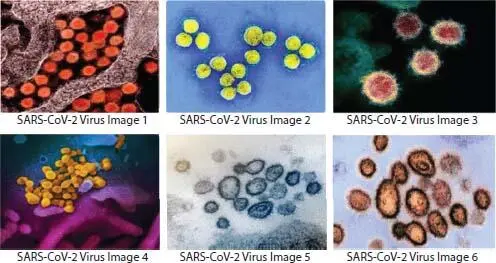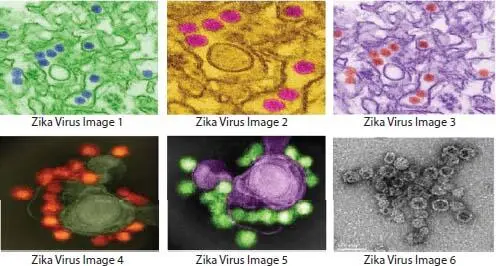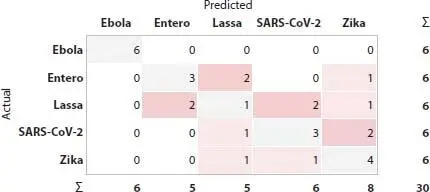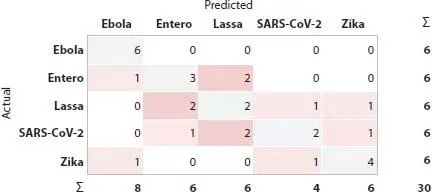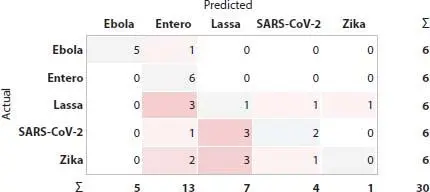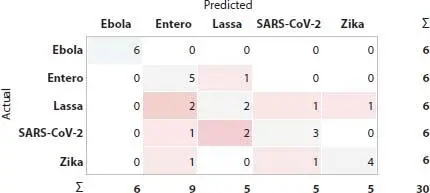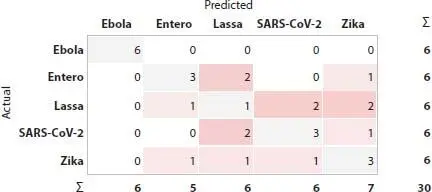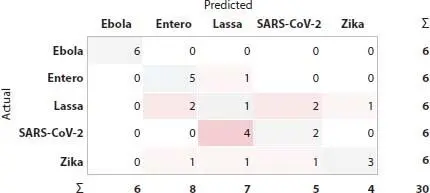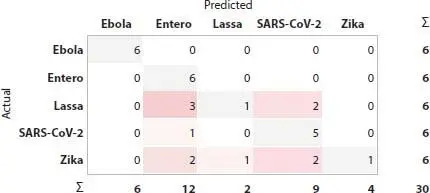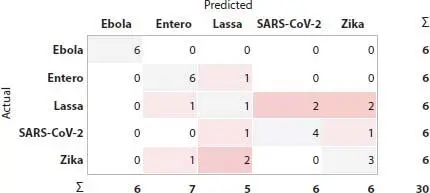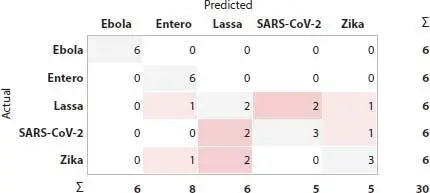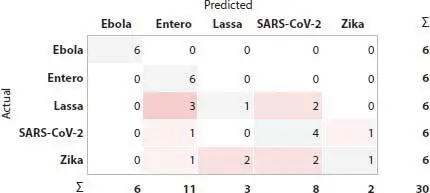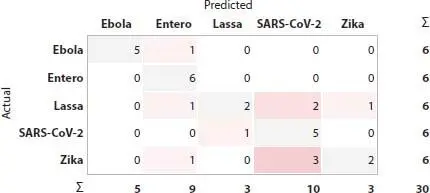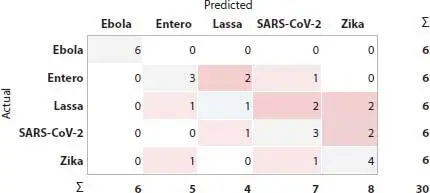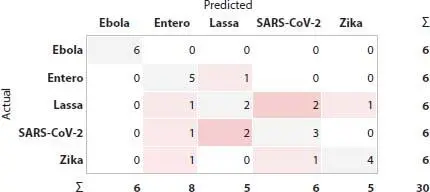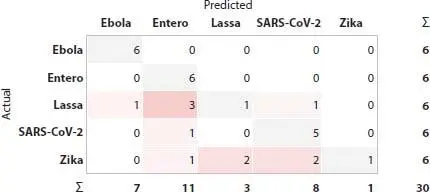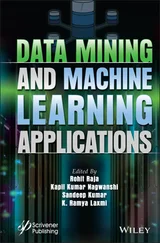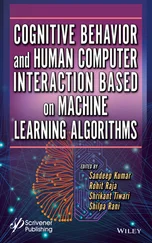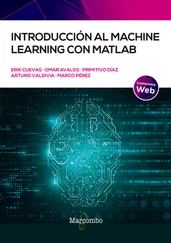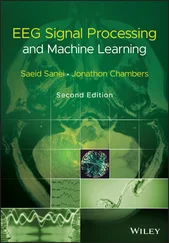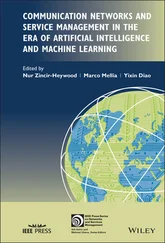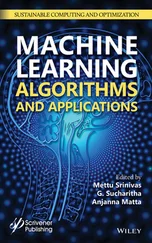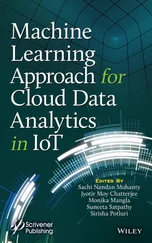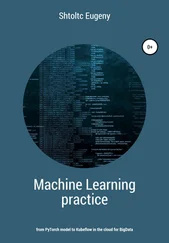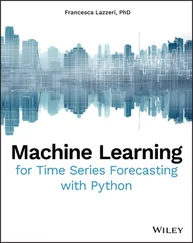Machine Vision Inspection Systems, Machine Learning-Based Approaches
Здесь есть возможность читать онлайн «Machine Vision Inspection Systems, Machine Learning-Based Approaches» — ознакомительный отрывок электронной книги совершенно бесплатно, а после прочтения отрывка купить полную версию. В некоторых случаях можно слушать аудио, скачать через торрент в формате fb2 и присутствует краткое содержание. Жанр: unrecognised, на английском языке. Описание произведения, (предисловие) а так же отзывы посетителей доступны на портале библиотеки ЛибКат.
- Название:Machine Vision Inspection Systems, Machine Learning-Based Approaches
- Автор:
- Жанр:
- Год:неизвестен
- ISBN:нет данных
- Рейтинг книги:5 / 5. Голосов: 1
-
Избранное:Добавить в избранное
- Отзывы:
-
Ваша оценка:
Machine Vision Inspection Systems, Machine Learning-Based Approaches: краткое содержание, описание и аннотация
Предлагаем к чтению аннотацию, описание, краткое содержание или предисловие (зависит от того, что написал сам автор книги «Machine Vision Inspection Systems, Machine Learning-Based Approaches»). Если вы не нашли необходимую информацию о книге — напишите в комментариях, мы постараемся отыскать её.
This volume 2 covers machine learning-based approaches in MVIS applications and it can be employed to a wide diversity of problems particularly in Non-Destructive testing (NDT), presence/absence detection, defect/fault detection (weld, textile, tiles, wood, etc.,), automated vision test & measurement, pattern matching, optical character recognition & verification (OCR/OCV), natural language processing, medical diagnosis, etc. This edited book is designed to address various aspects of recent methodologies, concepts, and research plan out to the readers for giving more depth insights for perusing research on machine vision using machine learning-based approaches.
